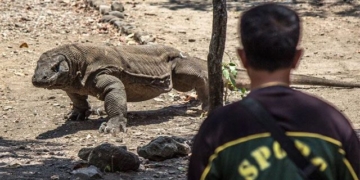A research team from the Vertebrate Paleontology Center at Mansoura University (MUVP) has discovered the oldest fossils of the ancestors of the Egyptian cobra, dating back 37 million years to the Eocene epoch. According to a report by Al-Monitor, the team also found a fossil of the largest known species of legless lizard.
The Eocene epoch lasted from about 56 to 33.9 million years ago and is the second epoch of the Paleogene period in the modern Cenozoic era. It was a time of diversification for scaly or squamate reptiles. Squamata is the largest order of reptiles that includes snakes, lizards, and amphisbaenians, or legless lizards. However, fossil records from Africa regarding dragonfish are quite sparse during this period, leading to gaps in understanding their early evolutionary process here.
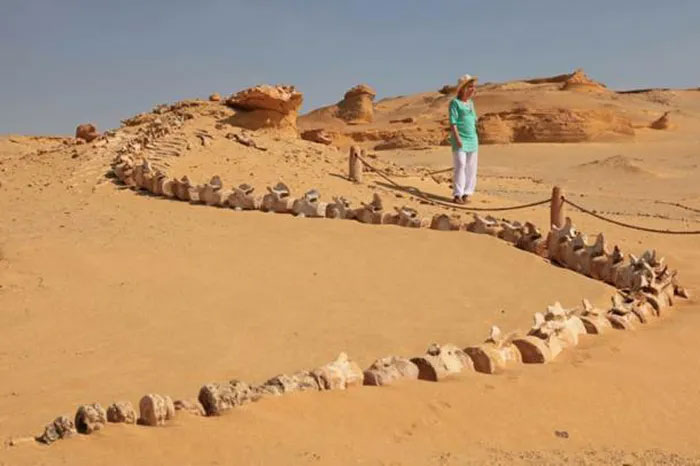
Wadi Al-Hitan (or Valley of Whales) in Egypt is home to invaluable fossil remains. Here, tourists can visit the Wadi Al-Hitan Museum of Fossils and Climate Change, located in the Fayoum Depression, which features an 18-meter-long whale skeleton in the desert.
The Fayoum Depression in Egypt, a large basin in the limestone plateau of the Western Desert southwest of Cairo, has provided the richest fossil records of Eocene vertebrates for the brown continent. Once covered in tropical rainforests, some dinosaur fossils and mammals such as the ancestors of monkeys and large whales have been found here, but some snake and lizard fossils have also been reported.
Now, the Paleogene amphisbaenian fossil has been found from Site 2 (BQ-2) of the lowest Eocene on Birket Qarun. According to Pledge Times, seven vertebrae of the colubroid snake (the ancestor of modern snakes) were also found at the same level.
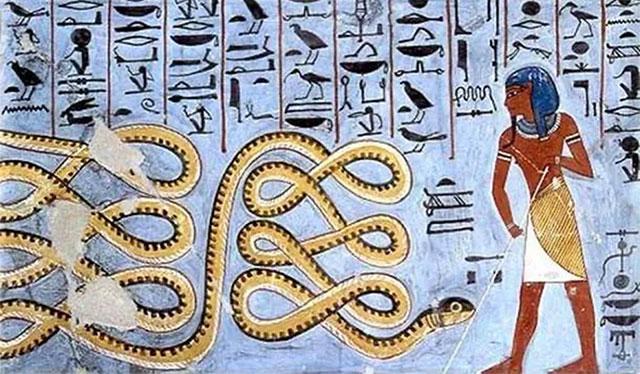
Apep, or Apophis, is the god of chaos, depicted in ancient Egyptian art as a giant snake, as seen in this example from the tomb of Ramses I.
Cobras in Ancient Egypt
It is fitting that the oldest snake fossil in Africa, the ancestor of the cobra, has now been found in Egypt, as this snake species has always held a special place in ancient Egyptian mythology.
Regarded as the first creature of the earth, the snake was associated with the gods Apopis and Seth. Apopis, the embodiment of chaos and evil, takes the form of a snake and is in an eternal battle with the sun god Ra.
On the other hand, the Uraeus snake symbol, a stylized upright form of the Egyptian cobra, was worn by Egyptian pharaohs on their foreheads to signify sovereignty. In this form, the snake is identified by the protective measure known as Wadjet.
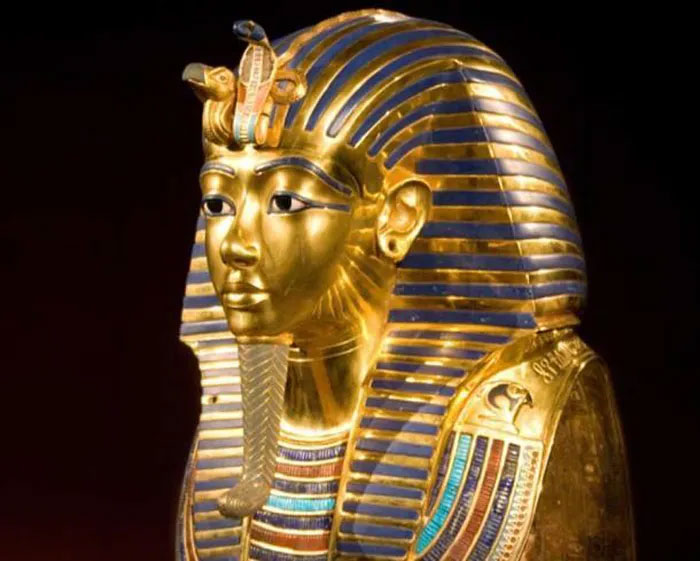
The mask of the mummy of Tutankhamun featuring Uraeus, the symbol of the goddess Wadjet, depicting the stylized Egyptian cobra.
Are the fossils truly the ancestors of the Egyptian cobra?
What has been discovered are seven vertebrae from the body and tail of the snake, measuring from 2 mm (0.08 inches) to 1 cm (0.4 inches). In an interview with Al-Monitor, Marwa el-Hares, the lead author of the study, explained that “snakes decompose and turn into small pieces, so we rarely find complete fossils of a snake.” She stated that the fragments belong to Procerophis, the large ancestor of modern snake species such as cobras and tarita.
El-Hares further noted that it was the snake’s adaptability to climate change and new environments that allowed them to survive the waves of mass extinctions that struck Earth during the Cretaceous period, which was the time of the dinosaur extinction. However, smaller snakes could hide during severe climate changes, such as during ice ages. They could also survive for long periods without food due to their muscle mass.
This discovery also corrects a misconception in the paleontological record of Namibia, where the oldest snake fossil was believed to have been found, as reported by Daily News Egypt. Previously dated to 41 million years ago, el-Hares’ research shows that these are actually the evolution of specimens from Egypt and are only 23 million years old.
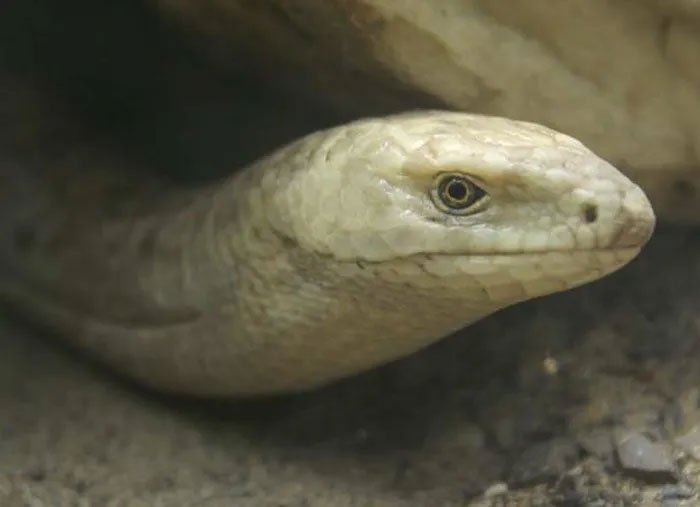
Representation of a legless lizard.
First Legless Lizard for Egypt
Researchers are even more excited about the rare legless lizard fossil. El-Hares told Al-Monitor: “We were very surprised by the lizard specimen, and it raises questions because this is the first time in Egypt. There are large protrusions on the vertebrae, and these protruding parts are connected by large, strong muscles that help the lizard move easily without limbs.”
She also mentioned that the fossil is the largest ever found of a limb-less lizard. “By comparing the size of its vertebrae with those of the largest living legless lizards on Earth, we discovered that the Fayum lizard from Egypt is the largest, with vertebrae measuring 4 mm [0.15 inches], while the vertebrae of the largest known lizard species living today in both Africa and Asia are 2 mm [0.07 inches] long.”
In addition to the rarity of the find, which includes fossils of a highly rare reptile at that time in Africa, this is also significant because, according to Shorouk al-Ashqar, the supervisor of the excavation at Mansoura University, it reveals patterns of animal migration during that period.
“Moreover, this discovery has opened a new foundation for mapping ancient animal migration.” This remarkable finding provides evidence of animal migration between Asia and North Africa during the early and middle Eocene period along the southern edge of the Tethys Sea, an ancient sea that separated continents.
Although legless lizard species still exist in Asia and southern Africa, they have disappeared from Egypt. El-Hares intends to continue her work in the Fayoum basin to clarify the story of how it arrived there and then vanished in the blink of an eye – in evolutionary terms, millions of years. But snakes, which she feels are a kind but misunderstood species, will always be her first love.

















































